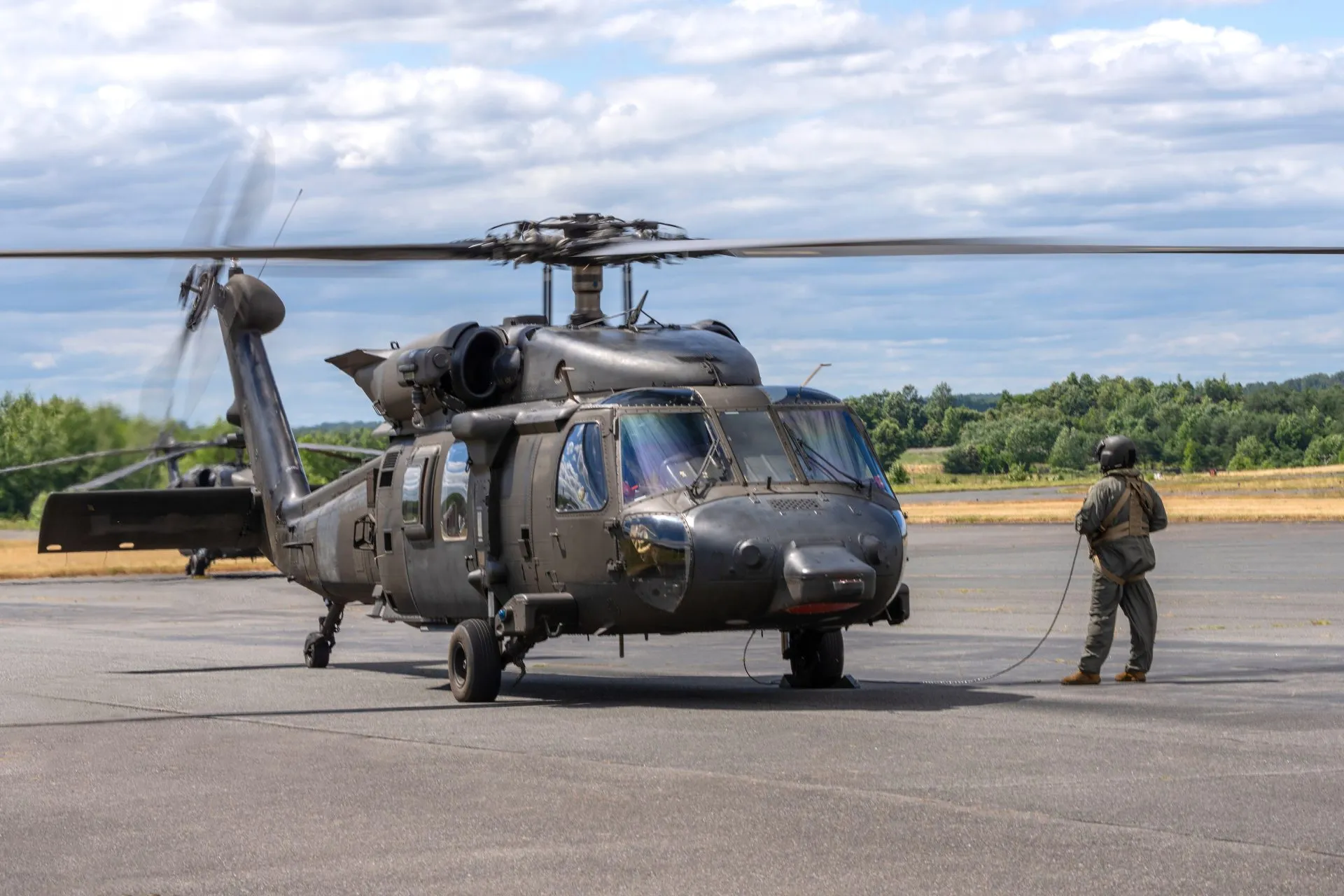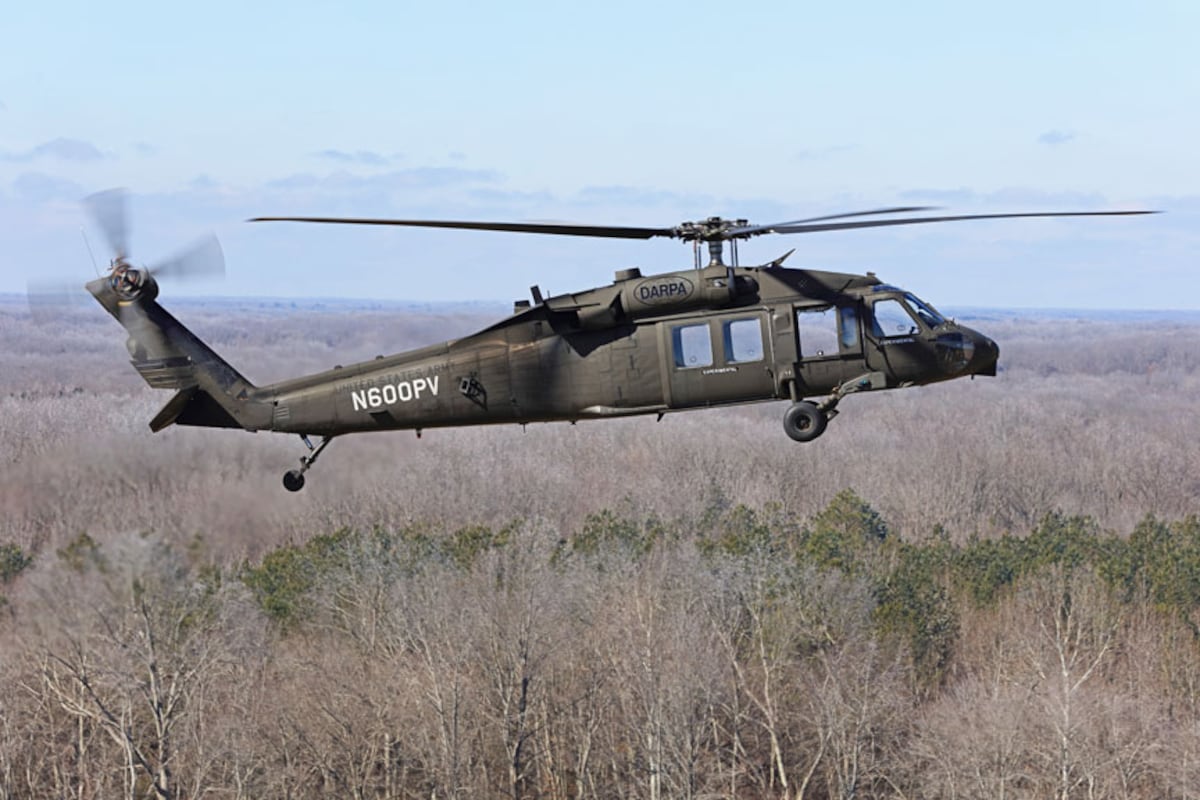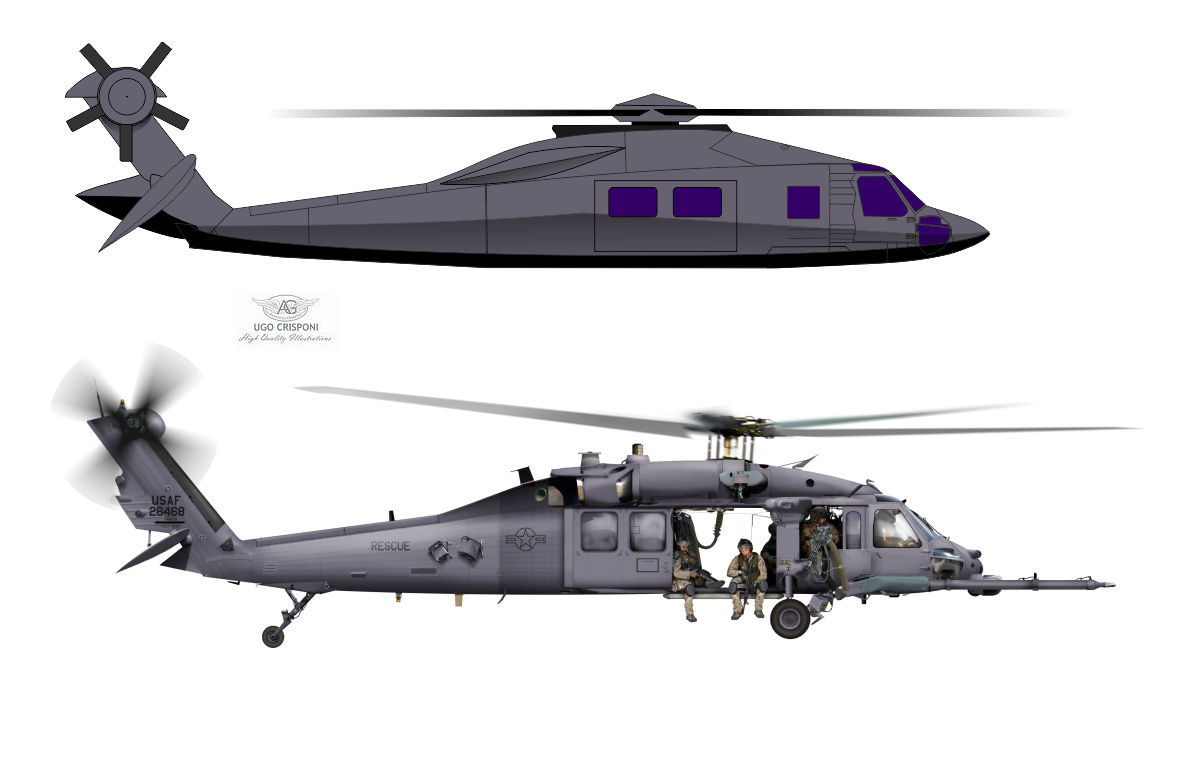Why the Blackhawk Helicopter Stands Apart as a Leader in Modern Helicopter Design
Discovering the Thrills and Innovations of the Blackhawk Helicopter
The Blackhawk helicopter stands as a testimony to military aviation's advancement, merging technical developments with functional applications. Given that its introduction in the 1960s, it has actually transformed the landscape of airborne support, flaunting features that enhance its performance in various functional roles. As we examine its historic value and essential innovations, one need to take into consideration exactly how upcoming growths may redefine its capacities. What lies ahead for this famous aircraft, and exactly how will emerging modern technologies form its future in army operations?
History of the Blackhawk Helicopter
Considering that its beginning in the 1960s, the Blackhawk helicopter has actually played an essential duty in modern military aviation. Established by Sikorsky Airplane, the UH-60 Blackhawk was made to meet the U.S. Army's demand for a functional utility helicopter efficient in performing a selection of goals, including troop transport, medical discharge, and freight airlift. The design was a reaction to the constraints of earlier helicopters, especially in regards to maneuverability, survivability, and speed.
The Blackhawk made its first flight in 1974 and soon entered service in 1979. Its introduction marked a considerable improvement in helicopter technology, including a two-rotor system that boosted efficiency and security. The aircraft's tough construction and progressed avionics permitted it to run successfully in varied settings and problems.
Throughout the years, the Blackhawk has been continuously upgraded, integrating lessons picked up from different combat situations. Its release in disputes such as the Gulf War, Somalia, and the Battle on Fear more strengthened its credibility as a vital possession. The Blackhawk's tradition is characterized by its flexibility and strength, making it a foundation of army aeronautics for decades.
Secret Functions and Specs
The Blackhawk helicopter is differentiated by its durable design and advanced technological attributes, which jointly enhance its functional abilities. Designed primarily for utility missions, the Blackhawk flaunts an optimum takeoff weight of approximately 22,000 extra pounds, allowing it to lug considerable payloads while preserving agility.
Furnished with 2 General Electric T700-GE-701C engines, the Blackhawk achieves an optimal speed of around 183 knots and a series of 368 maritime miles - Blackhawk Helicopter. Its advanced blades system includes a four-blade primary blades and a four-blade tail rotor, ensuring security and maneuverability in different flying problems
The helicopter's cabin can fit as much as 11 troops or numerous cargo arrangements, showcasing flexibility in goal profiles. Furthermore, the Blackhawk is developed with sophisticated avionics, including digital flight controls and a comprehensive cockpit display screen, enhancing pilot situational understanding.
For boosted survivability, the Blackhawk includes ballistic armor and self-sealing gas containers. Its ability to operate in diverse atmospheres, from deserts to icy terrains, additionally strengthens its reputation as a dependable system for humanitarian and armed forces procedures alike. The Blackhawk's combination of power, strength, and versatility makes it a foundation of modern-day aerial capabilities.
Improvements in Modern Technology
Developments in innovation have significantly enhanced the capabilities of the Blackhawk helicopter, ensuring it continues to be at the center of military aviation. Among the most significant innovations is the combination of advanced avionics systems, which supply enhanced situational awareness with real-time information handling and display. This innovation permits pilots to navigate complex atmospheres better, enhancing mission success rates.

In addition, the intro of digital fly-by-wire systems has actually transformed the control devices of the Blackhawk, supplying smoother handling and boosted responsiveness. Collectively, these technological innovations guarantee that the Blackhawk helicopter remains a crucial asset in contemporary army operations.
Functions in Armed Force Operations
With sophisticated modern technology enhancing its capabilities, the Blackhawk helicopter plays a diverse duty in military operations. Primarily, it is employed for army transportation, making it possible for rapid release and removal of personnel in different combat situations. Its large cabin can suit up to 11 soldiers, making it a vital property for large missions and special operations.
Additionally, the Blackhawk acts as a medevac platform, outfitted to transfer wounded soldiers rapidly and efficiently from the battleground to medical facilities - Blackhawk Helicopter. Its adaptability expands to logistical assistance, where it carries supplies and pop over to these guys devices vital for maintaining military procedures in remote locations

The helicopter is also instrumental in reconnaissance missions, supplying airborne security and intelligence-gathering abilities. Its ability to run in diverse atmospheres-- ranging from urban setups to severe terrains-- additional strengthens its value on the battleground.
In Addition, find more info the Blackhawk can be furnished with advanced weapons, enabling it to engage in battle and offer close air support. This versatility underscores the helicopter's integral duty in contemporary military strategies, making it an essential component of militaries worldwide.
Future Advancements and Innovations
Advancements in modern technology pledge to usher in a new age for the Blackhawk helicopter, enhancing its capacities and functional efficiency. As the army landscape develops, so too does the focus on integrating innovative technologies into rotary-wing aircraft. Future growths for the Blackhawk may consist of improvements in avionics, such as sophisticated flight control systems and boosted situational awareness devices powered by synthetic knowledge. These innovations will assist in more accurate navigating and decision-making in complicated environments.
Furthermore, the combination of unmanned systems is on the perspective, possibly enabling for manned-unmanned teaming operations that can expand mission profiles and minimize threat to employees. The Blackhawk's design is also expected to integrate lighter and more powerful materials, enhancing gas performance and general efficiency.

Final Thought
To conclude, the Blackhawk helicopter stands for a substantial achievement in military air travel, identified by its adaptability and advanced technical features. Its historical development reflects a continuous response to functional needs, improving capabilities in different functions such as army transportation and medevac operations. Continuous technologies, including the integration of expert system and hybrid-electric propulsion, assure to further enhance the Blackhawk's effectiveness and significance in future army engagements, ensuring its status as a vital asset on the field of battle.

With sophisticated innovation improving its capabilities, the Blackhawk helicopter plays a multifaceted function in armed forces procedures. (Blackhawk Helicopter)